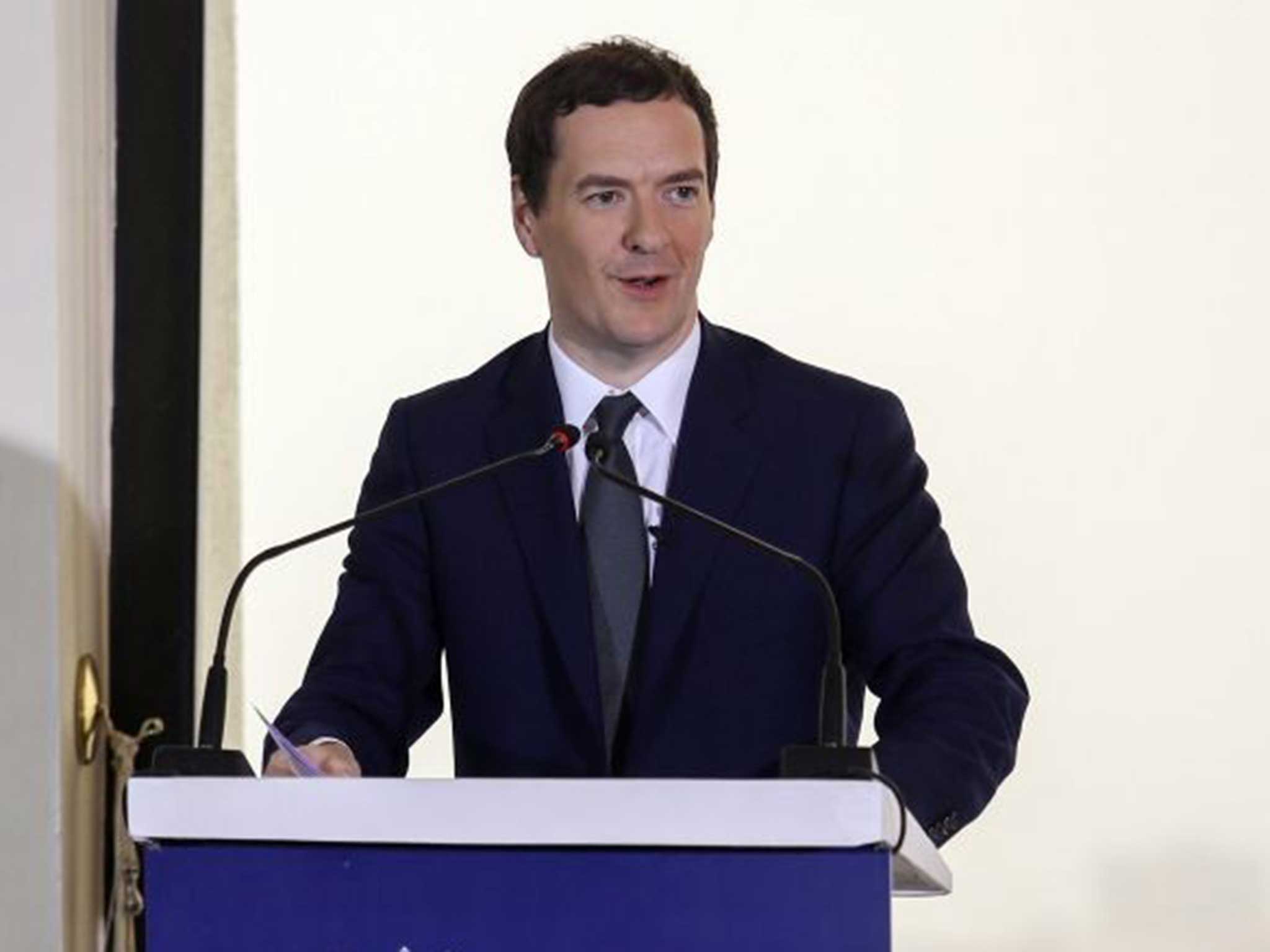Blowing your pension was never a very sensible idea
And now George Osborne has a plan to help us avoid doing that


I never fully understand news events unless I know the history. I need to understand how we got here. So when George Osborne announced in his annual Budget statement a significant revision in how people access their pensions, with more details announced this week, and called it the biggest change in almost a century, I naturally had to find out what was it that happened so long ago.
Which took me to a place that few of us would expect to visit – the Finance Act 1921. This does indeed turn out to have been an important piece of legislation. For that was when full tax relief first became available on contributions made to pension schemes. In other words, it created a valuable incentive for saving up for one’s old age. It was a further step in a social revolution that had begun in 1911 when Lloyd George introduced a National Insurance scheme, paid for by employees and employers alike, which was in essence a contributory system of insurance against illness and unemployment.
Now I hasten to add that Mr Osborne’s pension reforms have left the system of full tax relief largely intact. Employers will go on taking pension contributions from your pay before deducting tax (but not National Insurance contributions). But one can see that if the state was going to provide a subsidy of this size to encourage saving for retirement, it must have seemed perfectly reasonable to force these savers as far as one reasonably could to use their pension pots to purchase an annuity, the financial instrument that actually produces a regular income until death. Otherwise there would be a strong likelihood that the state subvention would be wasted. And it is this near compulsory annuitisation with its penal 55 per cent tax penalty on spending one’s pension pot as one pleases that the Chancellor of the Exchequer has swept away.
However the problem for which compulsory annuitisation was supposed to provide an answer remains. How can the state be reasonably sure that subsidised savings for retirement are sensibly used when the moment comes?
In its way, Mr Osborne’s answer may prove to be as significant and as long-lasting as the pension clauses of the Finance Act 1921. For in his amplification of his Budget statement, he repeated that guidance on pensions choices would be guaranteed and that it would be provided by independent organisations. And it turn this would be funded by a levy on regulated financial services firms.
The Treasury also announced that an individual would have had to take advice from an impartial financial adviser regulated by the Financial Conduct Authority before a transfer could be accepted. Thus compulsory annuitisation is being replaced by compulsory advice. Compulsory advice! This is a novel concept. In the vast market for financial products there has been a glaring disparity between the power and strength of the suppliers, banks, insurance companies, unit trust groups and the like, and consumers. Only wealthy consumers have been able to afford the level of advice they require if they are to make successful purchases.
For the pass was sold in the 1950s and early 1960s when the High Street banks began to sell their own financial products, starting with unit trusts. This meant that from then on, it was no use asking your bank manager for advice. He or she had a straight conflict of interest. Not a moment too soon, this lousy system has recently been partially dismantled.
Compared with all this, Mr. Osborne’s proposals appear excellent. The same body that supervises the major suppliers of financial services would regulate the new advisory firms. And the costs would be paid by the industry. So far so good. But there are a lot of details to be settled. In particular it appears that face-to-face advice would be the exception rather than the rule. More reliance would be placed on Internet based advice and consultations by telephone. This would be a pity. For there is no substitute for a full and frank discussion, face to face.
Given that, Mr Osborne would have equalled his distant predecessor at the Treasury, Sir Robert Horne, the architect of the 1921 Act. But I cannot refrain from adding that when I sought some biographical details I discovered that Sir Robert was known as a womanising bachelor, and was famously referred to by a future prime minister, Stanley Baldwin, as a “Scots cad”.
Following MH17, a new model of risk assessment is needed
I thought this might be a new criterion for selecting which airlines to use. What is their attitude to flying over or into war zones? Yesterday Jim McAuslan, the general secretary of the British Airline Pilots’ Association, indicated some of the factors that enter into airlines’ decisions. He said, “The process behind the choice of airspace routing is based on a risk assessment, both by a country’s national aviation security services in the advice that they give to their airlines, and by the airline in how they assess this advice.”
He went on: “This risk assessment approach can give an illusion of safety but it is in fact vulnerable to all sorts of influences including commercial pressure and so it is not surprising to us that there are differences in the way that this risk is assessed by different airlines.” There are a couple of phrases to note in Mr McAuslan’s remarks: “illusion of safety” and “commercial pressures”.
To begin with, I thought the test would be binary. Airlines that cheerfully flew over eastern Ukraine until the shooting down of Flight MH17 were obviously putting commercial considerations ahead of safety. British Airways came out well because it had been avoiding eastern Ukraine for some time. On the other hand, the airlines that most frequently flew over Donetsk in eastern Ukraine just before MH 17 went down included Singapore Airlines and Lufthansa.
But then turn to the routing of flights into Tel Aviv airport while Hamas rockets were landing in Israel. What did we find? British Airways said in response to questions on Twitter: “We are closely monitoring the situation. Our flights are currently operating as scheduled.” On the other hand, Lufthansa was one of the first to suspend flights.
But while the test is less easy to use than I had hoped, something has changed. From now onwards, airline customers are always going to be asking whether a given flight crosses dangerous territory or not.
And airlines will want to be able to provide a safety-first answer.
Join our commenting forum
Join thought-provoking conversations, follow other Independent readers and see their replies
Comments